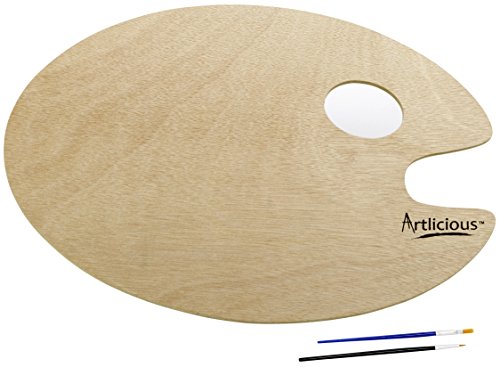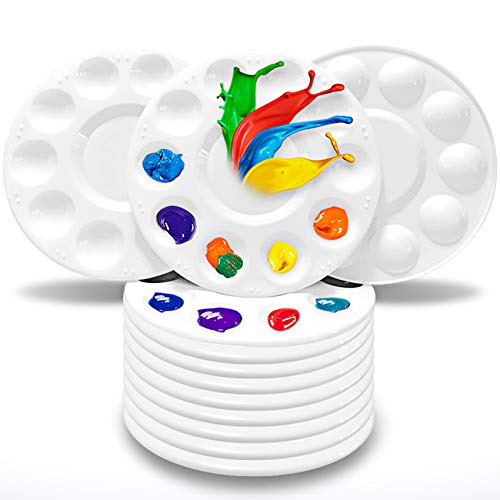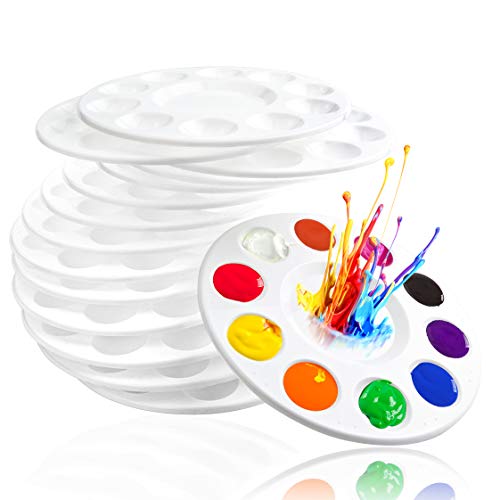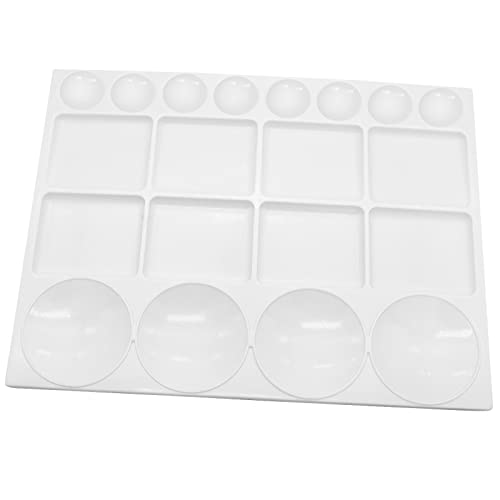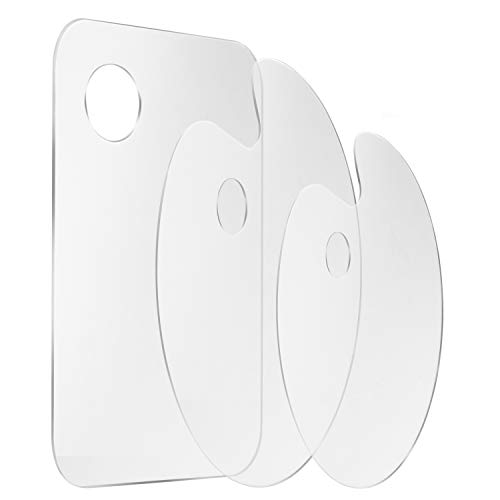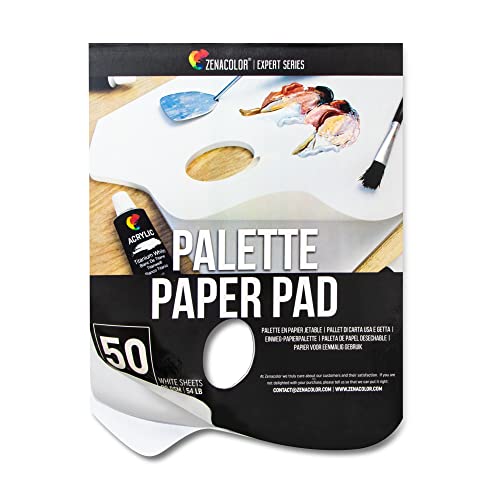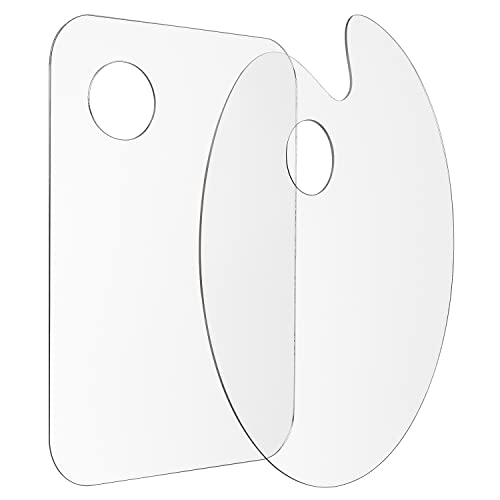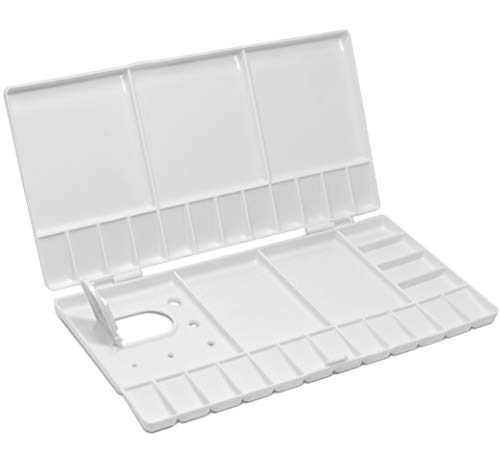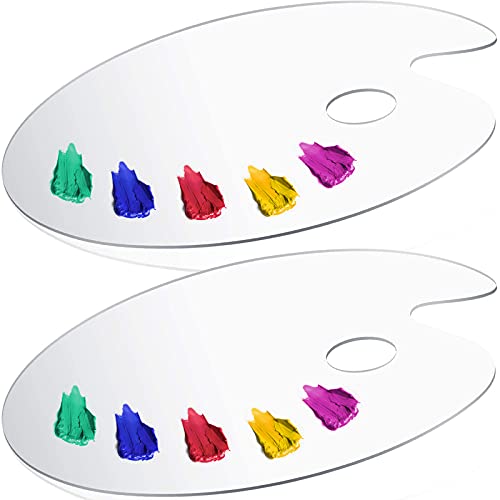The palette, an essential tool in the world of art, serves as the artist's canvas for mixing and arranging colors. It is a surface where the magic of color blending, harmonizing, and experimentation unfolds. The palette is a conduit that allows artists to translate their visions into vibrant works of art. In this article, we will explore the world of palettes for art, from their history and types to their role in the creative process and the endless possibilities they offer.
A Historical Perspective
The use of palettes in art can be traced back to ancient civilizations. Early artists mixed pigments with various materials, such as shells, stones, or even their own hands, to create a surface where they could blend and prepare colors. As art evolved, so did the design and materials of palettes.
During the Renaissance, wooden palettes became more prevalent. Artists like Leonardo da Vinci and Michelangelo were known to use wooden palettes for their oil paintings. Over time, palettes evolved further, incorporating materials like glass, porcelain, and acrylic to meet the specific needs of different painting mediums.
Types of Palettes
Palettes come in various types, each tailored to the specific requirements of different painting mediums:
Wooden Palettes: Wooden palettes, often made from lightweight woods like birch or beech, are favored by oil painters. They offer a sturdy and traditional surface for mixing and arranging oil colors.
Glass Palettes: Glass palettes are popular among oil and acrylic painters. They provide a smooth, non-absorbent surface that allows artists to see the true color of their pigments and easily clean the palette after use.
Acrylic Palettes: Acrylic palettes are made of acrylic plastic, a durable and lightweight material. They are ideal for acrylic painters, as acrylic paint can be easily peeled off when dry.
Porcelain Palettes: Porcelain palettes are known for their smooth and non-reactive surface, making them suitable for watercolor and gouache painting. They are easy to clean and maintain.
Disposable Palettes: Disposable palettes are often made of coated paper or tear-off sheets. They are convenient for artists who prefer to discard their palettes after use, eliminating the need for cleanup.
Role in the Creative Process
The artist's palette plays a crucial role in the creative process, serving several functions:
Color Mixing: The primary purpose of a palette is to mix and blend colors. Artists use the palette to create a range of hues, tones, and shades by combining different pigments.
Color Testing: Palettes allow artists to test and experiment with colors before applying them to the artwork. This helps in achieving the desired color harmony and balance.
Color Arrangement: Palettes serve as a canvas where artists arrange colors in a logical and organized manner. This arrangement helps artists access their chosen colors quickly and efficiently during the painting process.
Color Reservoir: Palettes also function as a reservoir, holding a supply of mixed colors ready for application. This ensures that artists have a consistent source of color while working on their art.
Endless Creative Possibilities
Palettes offer artists endless creative possibilities and freedom:
Color Exploration: Palettes enable artists to explore new color combinations and experiment with the blending of pigments. This experimentation often leads to the discovery of unique color harmonies and effects.
Expressive Mixing: Artists can use palettes to mix colors in various ways, from subtle transitions to bold contrasts. This versatility allows for a wide range of expressive possibilities.
Customization: Artists can customize their palettes to suit their preferences, arranging colors in a way that enhances their workflow and artistic vision.
Texture Creation: Palettes can also be used to experiment with texture and surface effects. Artists can mix pigments with various mediums to achieve different paint consistencies and textures.
The artist's palette is more than just a tool; it is a canvas of creativity and a hub of artistic exploration. It provides artists with the means to manipulate color, express emotions, and translate their visions into works of art. Whether it's a wooden palette with a history of centuries or a modern acrylic palette, each serves as a vital component in the creative process.
As artists pick up their palettes and mix colors, they embark on a journey of self-expression, experimentation, and artistic discovery. Palettes are the interface where imagination meets reality, and where the alchemy of color blending unfolds. They are the silent partners in the creation of art, facilitating the translation of ideas and emotions into visual masterpieces. Palettes, in their diversity and boundless potential, are an indispensable part of the artist's toolkit, forever enhancing the vibrant world of art.
